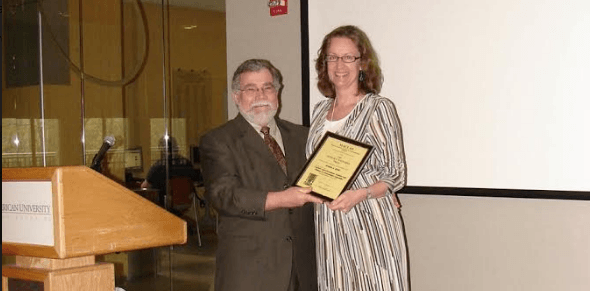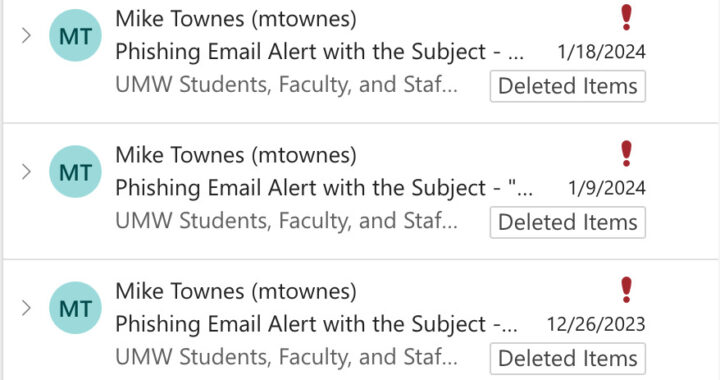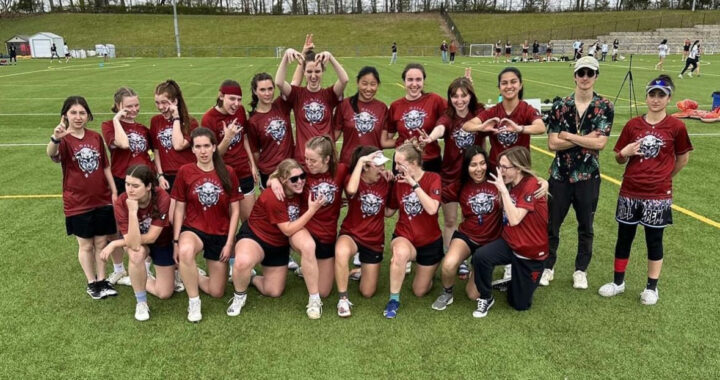Professor vocalizes reality of coping with disability as a faculty member
3 min read
Regina Root | Facebook
By AMANDA BIELECKI
Regina Root, an award-winning professor at William and Mary, mother and wife, taught students something that cannot be relayed in a classroom. According the documentary, “Regina’s Gift – A Life and Death Battle with a Brain Tumor,” her story began in early August of 2014 when she was diagnosed with a brain tumor. The news would be devastating to anyone, especially family members. She and her family attempted to remain strong.
The risky surgery would take around eight hours. Root’s battle wasn’t over though. Due to the damage in her brain, she had to undergo an intense and grueling rehab. Craig Vasey, executive of the Committee of the American Association of University Professors for Virginia understands why this discussion was so important.
“The goal was to make us aware of the reality of faculty who have to cope with disabilities, and of the fact that the state has not really done a whole lot yet to provide or even require reasonable accommodations,” Vasey said.
Root was at the University of Mary Washington on April 8. She was here to speak at the meetings addressing faculty with disabilities in the Commonwealth.
After hearing Root’s inspiring story, it is clear to see how important support and attention towards this topic is. The meetings addressed a number of different areas.
“The goal was to make us aware of the reality of faculty who have to cope with disabilities and of the fact that the state has not really done a whole lot yet to provide or even require reasonable accommodations,” Vasey said.
Root’s speech during the meetings gave the entire room a new perspective and was one of the most impactful moments within the meetings.
Vasey admires Root for her perseverance.
“I think all the faculty who attended were quite impressed,” Vasey said. “You cannot help but be moved by the enormity of the collapse of her life due to the brain tumor and the effects of the surgery that eventually removed it and that she did not quit and still has not quit in her struggle to come back… She is back in the classroom at William & Mary and coping with all sorts of challenges and meeting them.”
Root first started feeling symptoms in late July of 2014 while she was on a hike with her family in Colorado. The symptoms began with extreme exhaustion and later progressed to her hearing things that weren’t actually there, such as a telephone ringing. After the symptoms became too much to bare she rushed to the hospital and received an MRI which resulted in the discovery of the tumor.
The doctor said that the location of which the tumor had settled was problematic. It was located in her brain stem and required immediate surgery that would be scheduled for the next morning at the University of Virginia Hospital.
That morning the surgeon came into the room and informed Root that she was not a candidate for surgery and that they do not operate on tumors in that location. It was called an inoperable brain tumor. The doctor continued to explain that he would be shocked if Root could find any surgeon who would complete the operation.
Due to this issue, the doctor told her to come back in a year, which was almost unfathomable given the severity of her symptoms. At that point the symptoms had progressed to her peripheral vision, she was unable to walk without assistance and the constant ringing in her ear continued. The symptoms worsened as she suffered through the inability to swallow, double vision, significant weakness in her face and more. The symptoms were due in large part to bleeding in her brain.
The bleeding passed impacted several neurons and neural networks within her brain. However, it provided an opportunity that had not existed before. It created a sort of “pathway” to the tumor, which would allow the doctor to operate on it. The doctor told Root that she would have a one in three chance to not wake up, one in three chance that she would be the same as before and a one in three chance that she would improve.
Through amazing perseverance, she has returned to teaching after a two-year battle.
The most important message is the one we can learn from Root. She is a true hero who has shown perseverance, strength, and how no obstacle is too big to conquer.











